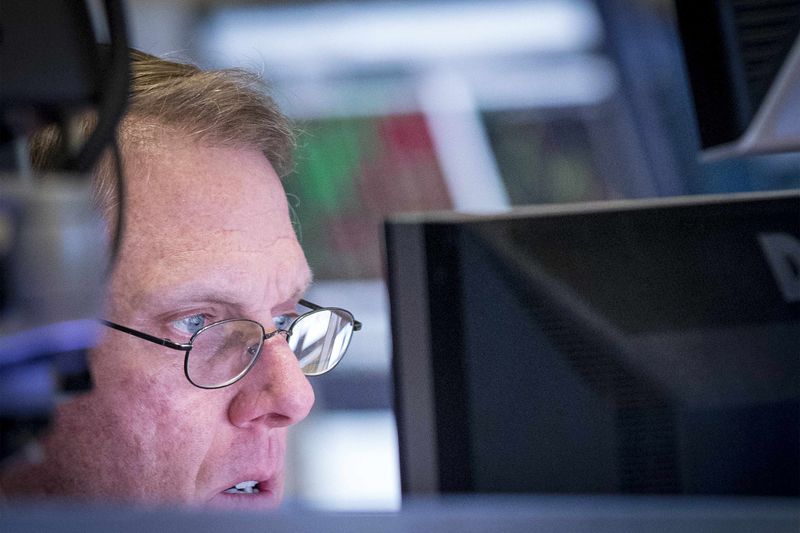* Graphic: World FX rates in 2018 http://tmsnrt.rs/2egbfVh
By Herbert Lash
NEW YORK, Sept 19 (Reuters) - World stock markets broadly rose for a second straight day on Wednesday, while safe-haven assets such as U.S. bonds and the Japanese yen slipped to multi-week lows, on bets the ongoing U.S.-China trade spat would inflict less damage than feared.
Gains in European shares were led by trade-sensitive materials and auto stocks, while on Wall Street, the S&P 500 and the Dow Jones industrials indexes were buoyed by U.S. bank stocks on the back of higher Treasury yields.
A drop in Microsoft (NASDAQ:MSFT) pressured the Nasdaq and disappointing results in Europe from staffing firm Adecco ADEN.S and home improvement retailer Kingfisher KGF.L weighed on indexes.
MSCI's gauge of equity markets in 47 countries .MIWD00000PUS gained 0.36 percent and the pan-European FTSEurofirst 300 index .FTEU3 rose 0.39 percent to two-week highs.
The big question for investors was whether the rest of the world will rejoin the United States in global synchronized growth or if ongoing trade tensions and tighter monetary policy finally slow the U.S. economy, said Michael Arone, chief investment strategist at State Street Global Advisors in Boston.
"That kind of dilemma is really what investors face and trade seems to be the wild card in all this," Arone said.
Investors were underestimating the boost stocks are gaining from the massive U.S. fiscal policy package that far outweighs any trade penalties that have been put forward, he said.
The repatriation of corporate profits this year is likely to be $700 billion, individual and corporate tax cuts $200 billion and the government has boosted spending by $100 billion, Arone said.
"That's $1 trillion of fiscal stimulus. I think the effects of that continue to be under-appreciated by investors," he said.
On Wall Street, the Dow Jones Industrial Average .DJI rose 175.98 points, or 0.67 percent, to 26,422.94. The S&P 500 .SPX gained 2.4 points, or 0.08 percent, to 2,906.71 and the Nasdaq Composite .IXIC dropped 31.62 points, or 0.4 percent, to 7,924.49.
U.S. 10-year and 30-year bond yields hit fresh four-month highs after a report that U.S. homebuilding increased more than expected in August.
Housing starts rose 9.2 percent last month, a positive sign for the housing market which has underperformed the broader economy amid rising interest rates for home loans. strong data pushed 10-year yields US10YT=RR to a high of 3.085 percent, and 30-year yields US30YT=RR to a high of 3.235 percent, extending a three-day rise in yields.
The dollar was steady against the euro and the Japanese yen and slipped against the risk-sensitive Aussie, as investors shrugged off the latest round of tariffs announced by China and the United States.
The dollar index, which measures the greenback against a basket of six other major currencies, was about flat on the day at 94.647.
The euro EUR= up 0.02 percent to $1.1667 and the Japanese yen JPY= strengthened 0.04 percent versus the greenback at 112.34 per dollar.
The price of Brent crude oil held near its highest level this year as concerns that producers may fail to cover a supply shortfall once U.S. sanctions on Iran come into force outweighed an increase in U.S. inventories.
Brent crude futures LCOc1 rose 20 cents at $79.23 a barrel, having risen by 1.3 percent on Tuesday following media reports that Saudi Arabia, the world's largest oil exporter, was comfortable with prices above $80.
U.S. crude prices CLc1 were last up 94 cents at $70.79.
Bullion bounced as the dollar weakened, indicating investors are starting to worry about the impact of the U.S.-China trade war on the U.S. economy, luring some buyers back into gold investments.
Spot gold XAU= climbed 0.54 percent to $1,204.11 an ounce.
